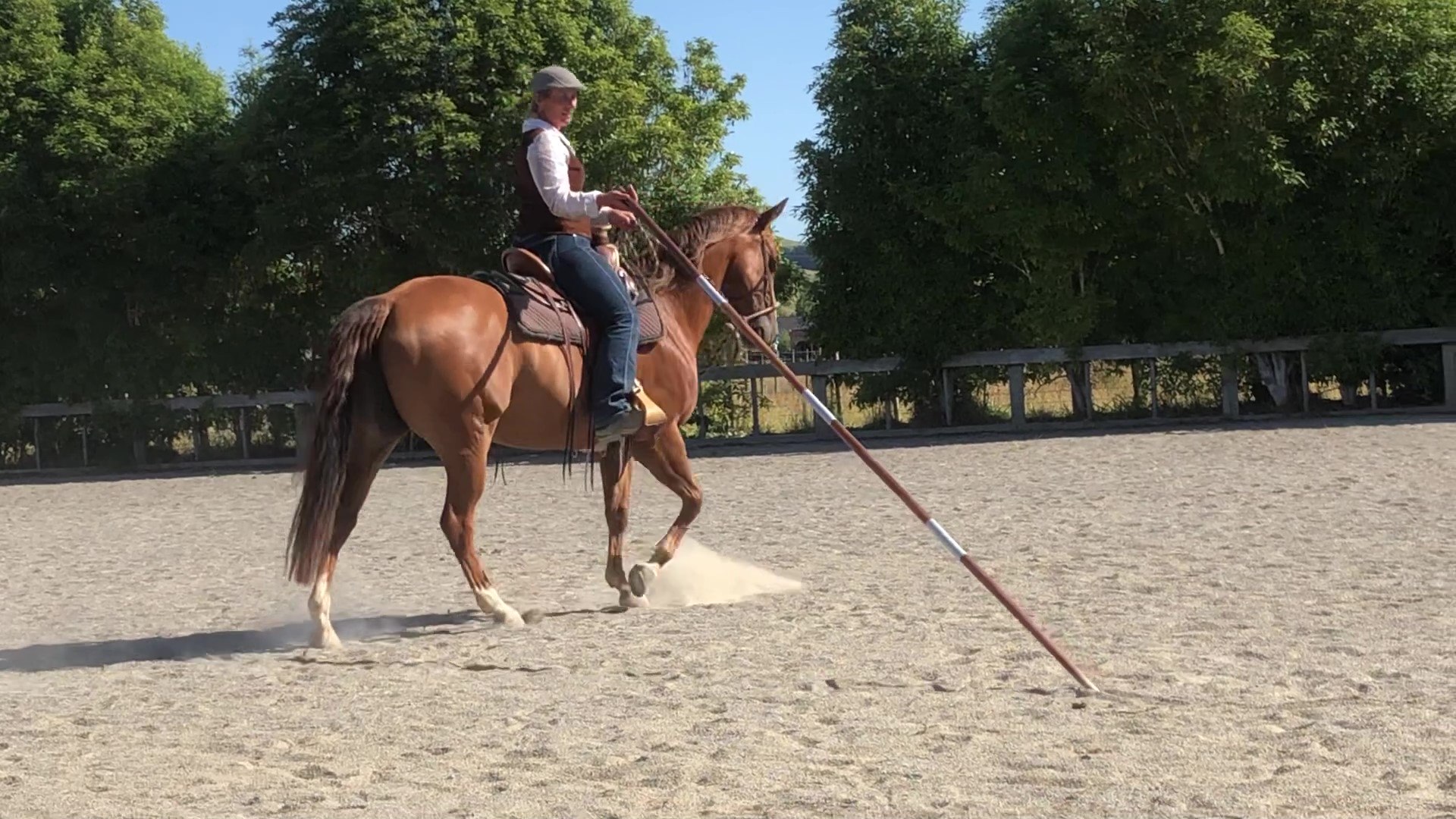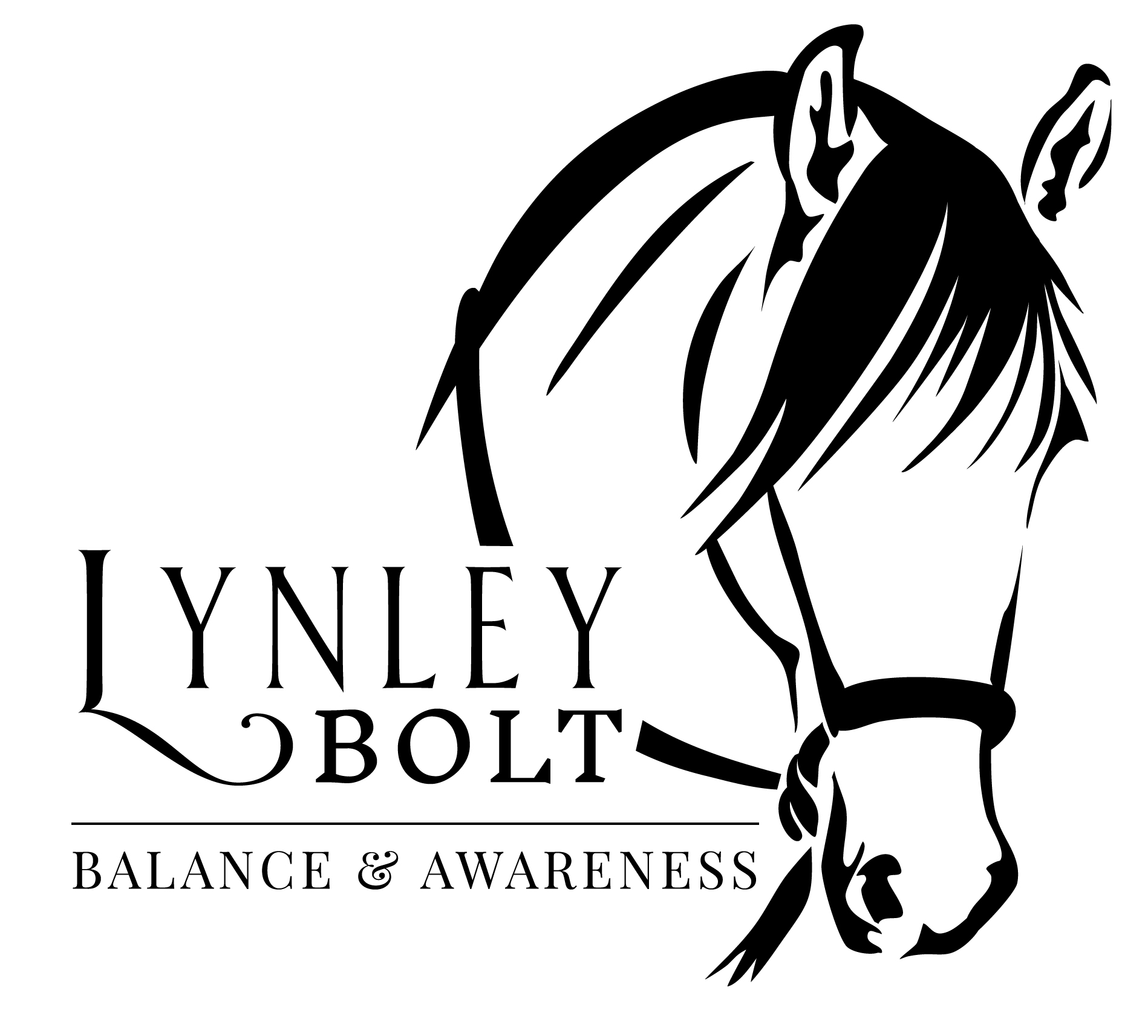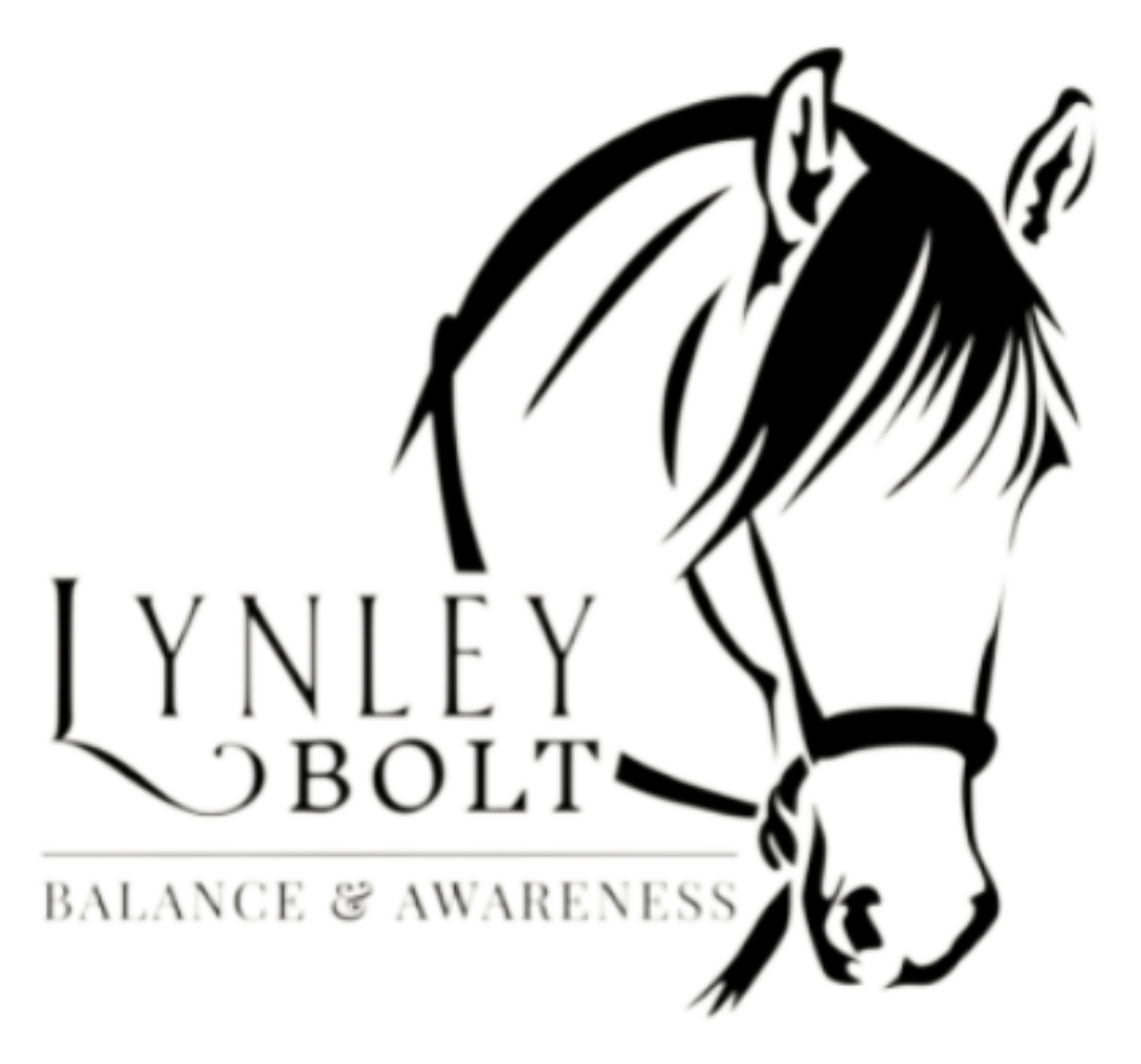
Finding the Try: A Journey of Awareness and Patience
Finding the Try: A Journey of Awareness and Patience
Finding the try in our horses is deeply nuanced and often controversial. The concept of a "try" can vary widely from one person to another, and understanding and recognising it requires a heightened sense of awareness and observation.
What is a Try?
A try is an attempt by the horse to respond to a request, show curiosity, or engage in an action that aligns with what we are asking for. It can be subtle, almost imperceptible, and often, what we see as a try may be very different from what our horse is actually offering.
Rewarding the Slightest Try
The mantra "reward the slightest try" is often heard in horsemanship circles, but how aware and observant are we truly? You may believe you are rewarding the smallest effort, but the reality might be that you are missing the real try, which could be more subtle and nuanced than what you perceive. This discrepancy highlights the importance of developing a keen sense of observation and patience.
Recognising the Try
Recognising a try involves tuning into the horse's thought process. Often, you can see the thought happening before any physical action takes place. For some horses, especially those new to training or sensitive by nature, missing this thought means missing the try entirely. These horses require a high level of sensitivity and attentiveness to catch the very first sign of their effort.
Staying with the Try
With other horses, recognising the try means staying with the process and waiting for them to come through on the other side of that thought. This wait can be long—sometimes 20-45 minutes. Patience is essential, and rushing the process means missing out on significant progress and understanding.
How Do You Know?
How do you recognise the process and know when to wait? How do you acknowledge your horse's try? The key lies in developing your ability to observe and interpret your horse's behaviour accurately. This requires slowing down, being present in the moment, and paying close attention to your horse's subtle cues and body language.
Waiting Habits
Examine your waiting habits. Are you quick to respond, or do you allow enough time for your horse to process and respond to your requests? Notice the speed of your responses and adjust them according to your horse's needs. Slowing down often yields better results, allowing your horse the space and time to think and try.
Practical Steps to Recognize and Reward the Try
1. Observation: Spend time watching your horse without asking for anything. Learn to recognise their natural behaviour and responses.
2. Patience: Practice waiting longer than you think is necessary. Give your horse the time to understand and respond to your requests.
3. Timing: Reward at the right moment. This requires you to be in tune with your horse's thoughts and actions, rewarding the effort, not just the outcome.
4. Consistency: Be consistent in your responses. Consistency helps your horse understand what is expected and builds their confidence in trying.
5. Mindfulness: Be mindful of your own emotions and state of being. Horses are highly sensitive to our energy, and being calm and centred can help them feel safe to try.
Conclusion
Finding the try in our horses is about developing a deep sense of awareness, patience, and understanding. It's about recognising the subtle efforts and being present in the moment to reward and encourage those tries. By slowing down, observing, and adjusting our responses, we can create a more harmonious and trusting relationship with our horses, allowing them the space and time to learn and grow.
Lynley
FOLLOW US!
© 2025 Lynley Bolt - Balance & Awareness - All Rights Reserved
Platform provided by HorseBizAutomated


